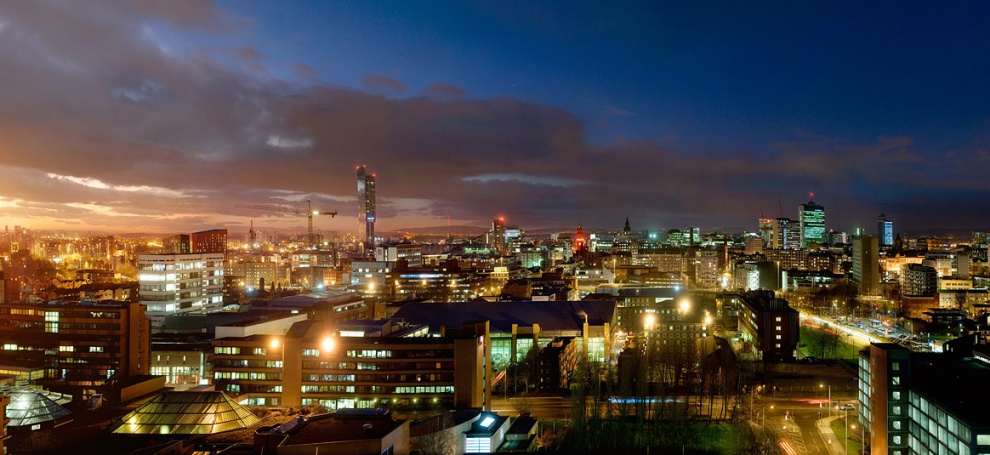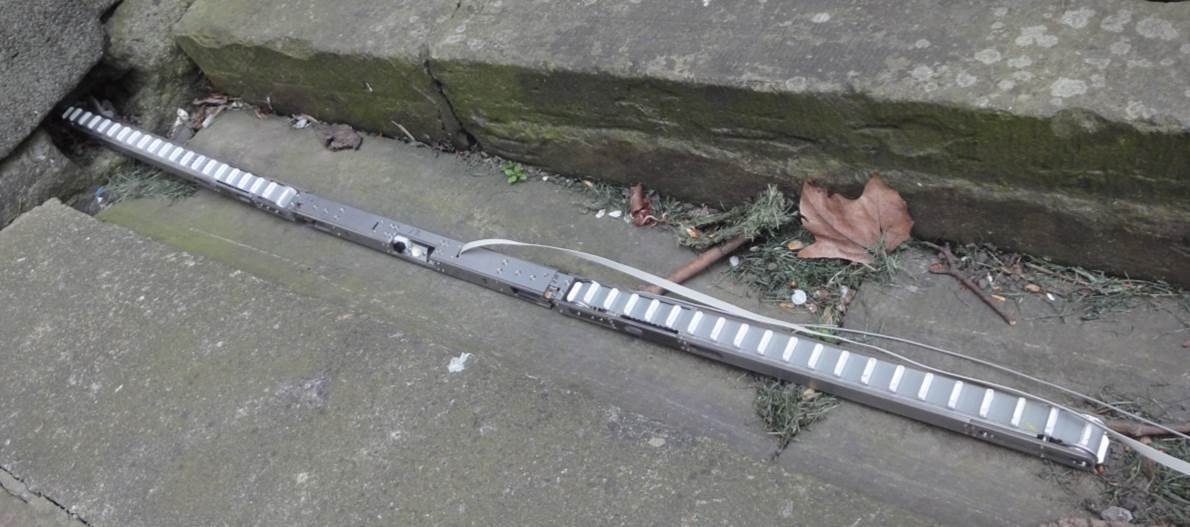Leeds in Britain will be the first self-healing city in the world thanks to robots

British scientists want to complete the first self-healing city by 2035. How will they succeed? With autonomous repair robots that will patrol streets and drainage systems, ensuring that your car doesn’t fall into a pothole and that there are no gas leaks anywhere.
“The idea is to create a city that will function almost like a living organism,” says Raul Fuentes, a researcher at the School of Civil Engineering at the University of Leeds who is working on the project, “robots will play the role of white blood cells that identify bacteria or viruses by attacking them. The system will be similar to our immunity. "
A £ 4.2 million infrastructure project is being implemented with the Leeds City Administration and the UK Collaboration for Research in Infrastructures and Cities, UKCRIC. The goal is to create by 2035 a fleet of repair robots that will be in the city, notice problems and solve them before they become serious. The official opening of the project is scheduled for 2016.
As part of the project, the implementation of which can last until 2050, researchers will concentrate on creating three types of repairmen. The first type of drones will look after high-altitude objects and change bulbs. The second is to autonomously notice the places of probable potholes and carry out early repairs. And the third type of robots will dwell in pipelines for inspection, repair and reports on problems.

A robot passing through small channels in urban infrastructure. Photo: University of Leeds
“Robots will be constantly in the city and will be able to identify problems before they become serious,” Fuentes explains.
Researchers want to make robots autonomous, so that they live in formations where communication between them takes place on how to make repairs better.
“We know that at some point they will need to be recharged or replaced, so many robots will have to be created that would be nearby. If one breaks, the other can replace it, ”Fuentes says.
In recent years, concerns about robots taking away our jobs have increased . Nevertheless, Fuentes noted that this project takes into account concerns such as socio-economic, environmental and political influence. He said autonomous repair robots would not necessarily steal work from people , but instead could give us the opportunity to work in less dangerous areas in the future.
Fuentes noted that if universities did not conduct such an active research work , the segment would remain in the hands of large corporations that are interested only in profit, while here they calculate the impact of such inventions on the world of work.
“History has proven that every time new technologies appear, new jobs are created,” says the specialist. - Our task is to resist destruction and reduce the number of repairs. If everything is corrected at an early stage, there is no need to block the street, import materials. It's all about minimizing resources, risks and energy. ”
